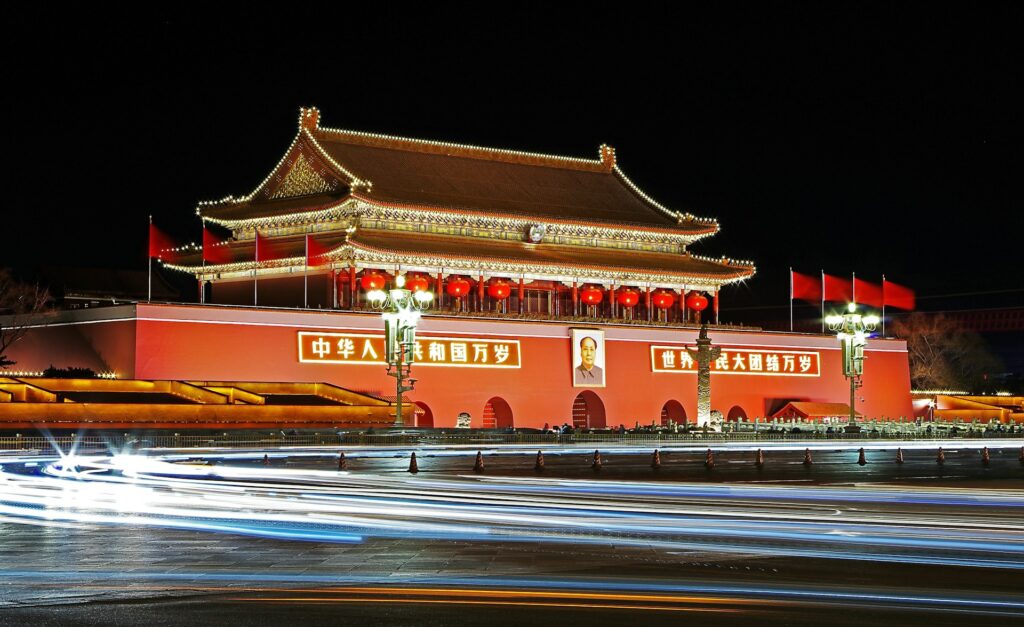Lhasa, the capital city of the Tibet Autonomous Region in China, is steeped in rich history and cultural significance. Located in the Himalayas at an altitude of 3,490 meters, Lhasa is one of the highest cities in the world. Known as the "City of Sunshine," Lhasa enjoys a sunny and moderate climate throughout the year.
Lhasa is home to several significant religious and cultural sites, including the iconic Potala Palace. This majestic palace, once the winter residence of the Dalai Lama, is a UNESCO World Heritage site and a symbol of Tibetan Buddhism. The Jokhang Temple, another important site in Lhasa, is considered the most sacred temple in Tibetan Buddhism and a place of pilgrimage for Buddhists from around the world.
The Barkhor Street, a bustling market in the heart of Lhasa, is filled with traditional shops and stalls selling everything from local handicrafts to religious artifacts. Visitors can immerse themselves in the vibrant atmosphere of the street and browse for souvenirs and unique items.
Lhasa is also surrounded by stunning natural beauty, with snow-capped mountains, crystal-clear lakes, and lush forests. The Namtso Lake, located about 250 kilometers from Lhasa, is one of the most breathtaking lakes in Tibet and a popular destination for tourists seeking outdoor adventures.
In recent years, Lhasa has seen significant development and modernization, with new infrastructure and transportation networks being built to improve connectivity. Despite these changes, the city has managed to preserve its unique cultural heritage and traditions, making it a truly captivating destination for travelers seeking a glimpse into the mystical world of Tibet.
What to explore:
1. Potala Palace: This iconic landmark is the former winter residence of the Dalai Lama and is a must-visit for its stunning architecture and historical significance.
2. Jokhang Temple: Considered the holiest temple in Tibet, Jokhang Temple is a pilgrimage site for Tibetan Buddhists and is known for its beautiful architecture and religious relics.
3. Barkhor Street: This bustling street is a hub of activity with local shops selling Tibetan handicrafts, souvenirs, and traditional clothing. It is also a great place to witness the vibrant daily life of the local residents.
4. Sera Monastery: One of the three great monasteries of Lhasa, Sera Monastery is known for its debating monks who engage in philosophical discussions in the courtyard.
5. Norbulingka Palace: This former summer residence of the Dalai Lama is a beautiful park-like complex with stunning gardens, palaces, and chapels.
6. Drepung Monastery: Another of the great monasteries of Lhasa, Drepung Monastery is the largest monastery in Tibet and is known for its incredible architecture and historical significance.
7. Tibet Museum: Learn more about the history and culture of Tibet at the Tibet Museum, which features exhibits on Tibetan art, artifacts, and history.
8. Namtso Lake: Located about 240 kilometers from Lhasa, Namtso Lake is one of the most beautiful and sacred lakes in Tibet, surrounded by snow-capped mountains and pristine landscapes.
9. Ganden Monastery: Situated on a hilltop overlooking Lhasa, Ganden Monastery offers stunning views of the surrounding mountains and is a peaceful place to explore.
10. Ramoche Temple: This ancient temple is one of the most important religious sites in Lhasa and is known for its beautiful architecture and sacred relics.
